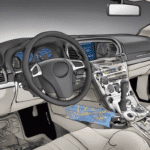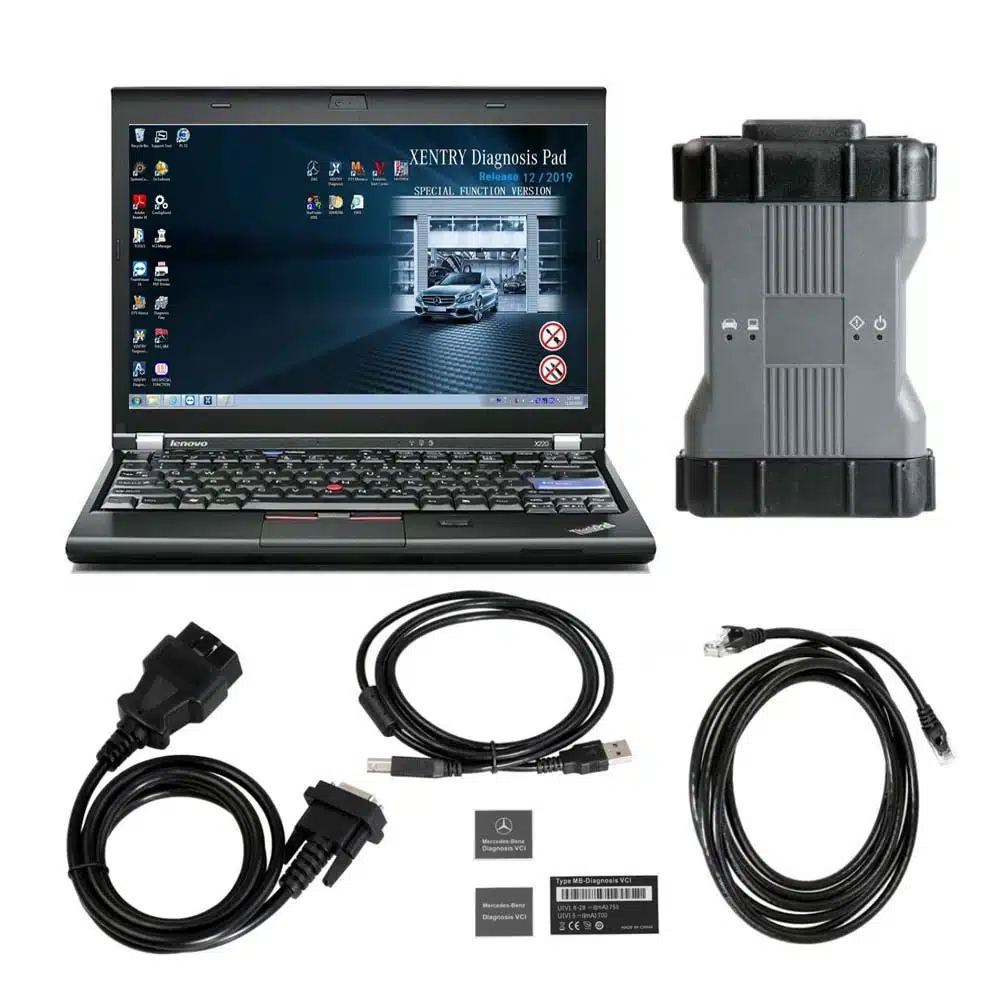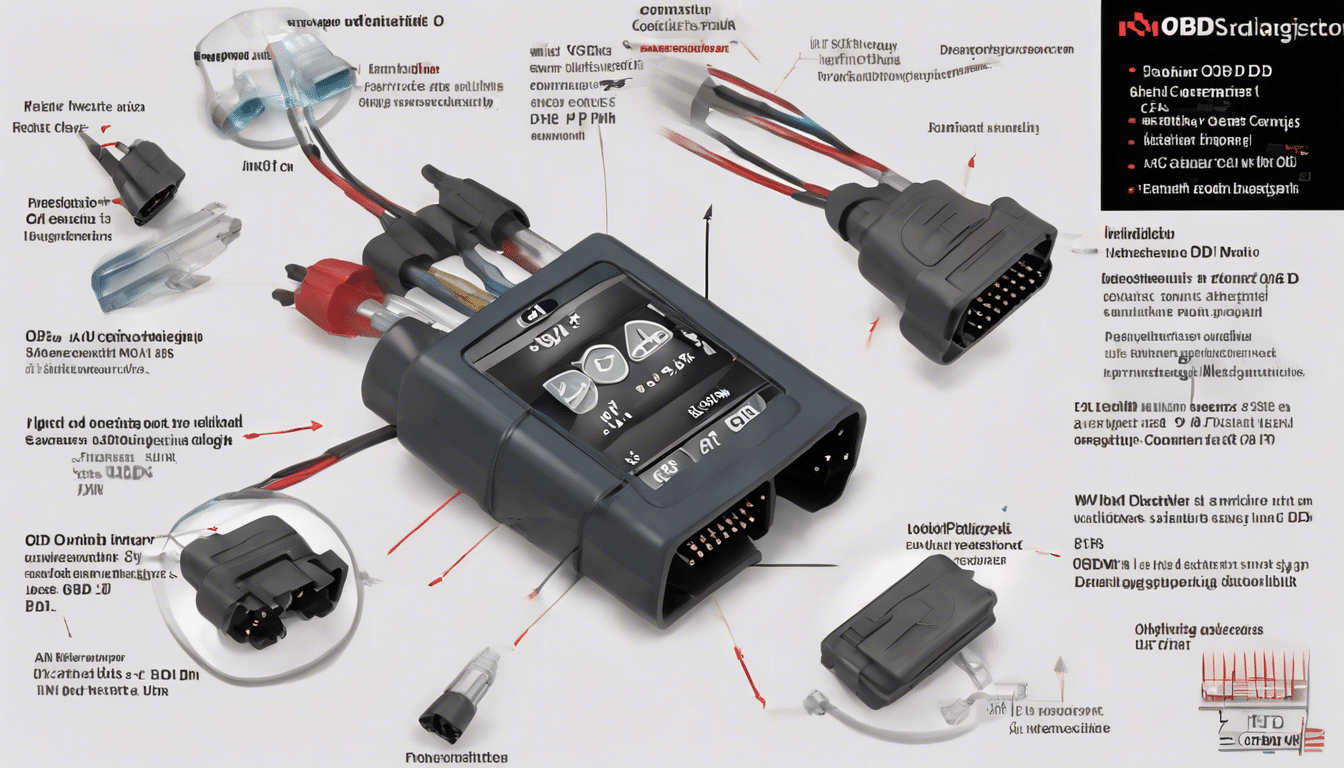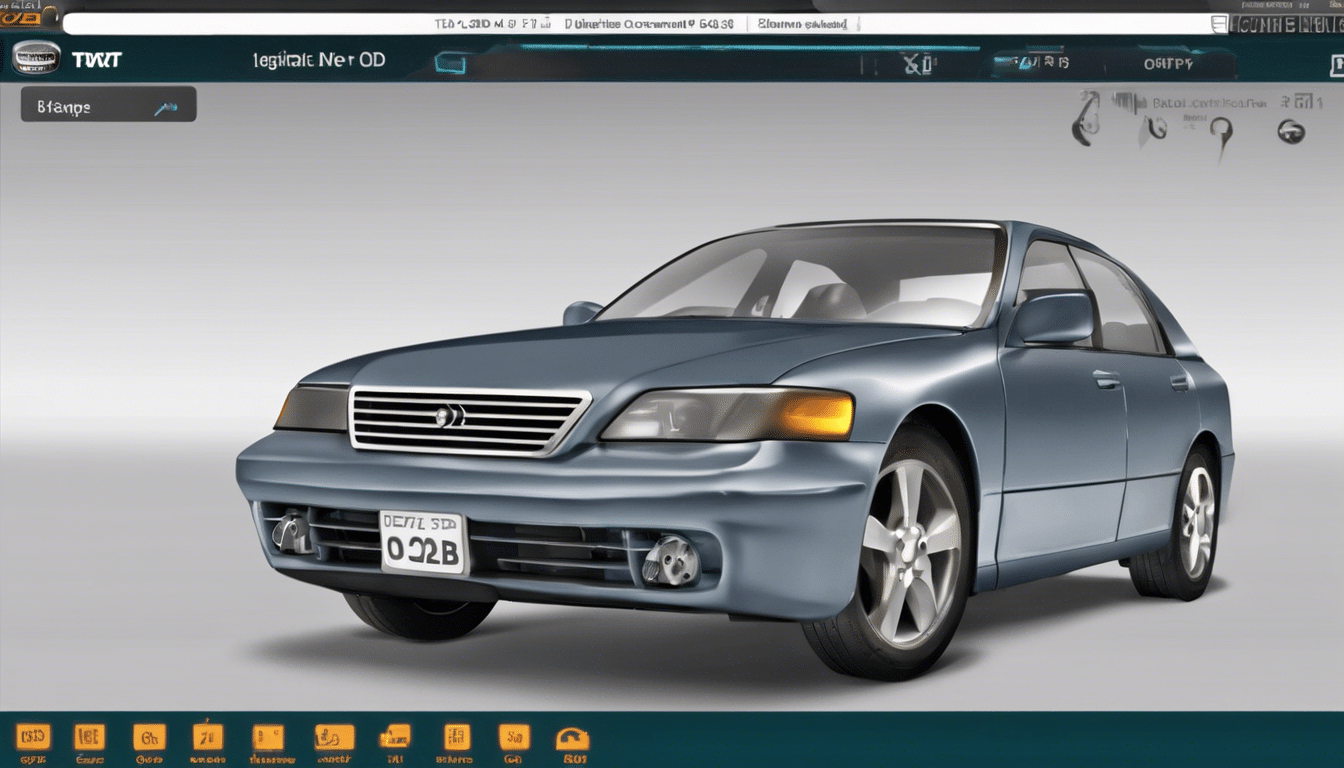How to use the diagnostic tool?
Complete Guide to OBD2 Automotive Diagnostics
Introduction
In the world of modern vehicles, diagnostic know-how is essential. Learn how to perform a basic diagnosis and what a OBD2, as well as how to choose the best free OBD2 software for your vehicle.
Using the OBD2 Diagnostic Tool
Step 1: Vehicle Preparation
To start, turn off the engine and put it in parking position or to neutral if the vehicle is equipped with a manual transmission. Then, restart the engine by pressing the start button (if equipped) or using the gear lever.
Step 2: Access the Diagnostic Tool Menu
When you hear the engine start and you are ready, press and hold the button on the scan tool for at least 5 seconds to access the diagnostic tool menu. Then select the option Run Menu (Power Menu) from the list of available options listed on the screen.
Push the button Select to confirm your selection.
Choice of OBD2 Software
Which free OBD2 software to choose?
Don't know which software to choose? Read our review and find out which one will suit your vehicle best!
Understanding OBD2
What does “OBD2” mean?
OBD2 is the acronym for On-Board Diagnostics 2nd generation standard from SAE International, which was adopted by ISO 9141-2 in 2001 and published in 2002 (ISO 9141-2:2002). It is also known as J1850 or protocol OBDII/CAN (where CAN stands for Controller Area Network).
Advantages of OBD2
The main advantage of this protocol is its compatibility with almost all other automotive diagnostic tools, ranging from handheld scanners to professional software. These tools work with the bus CAN (or Ethernet network), which allows different devices on board to be connected using a single cable – one end goes to the vehicle and the other is connected to the scanner via the USB port. This type of connection is called CANopen.
Unlike OBD1 protocols, which were designed to diagnose only certain problems on certain vehicles (for example, certain emissions-related problems on older cars), OBD2 can diagnose a wider range of problems that affect all cars, regardless of or their age.
How to use an OBD2 reader?
Need for an OBD Reader
To understand why an OBD reader is essential, you must first understand what a vehicle's OBD is:
THE on-board diagnostics (OBD) is an electronic system that monitors your car and its components while you drive. It allows any problem detected to be diagnosed in real time, rather than after the fact, when the engine has already started! The first OBD systems were intended for American cars under the name OBD-I. These systems consisted of four terminals to read information such as speedometer, tachometer, temperature sensors, etc.
Nowadays, the second generation of this system, OBD-II, is very widespread. It consists of five terminals that monitor engine parameters such as speed, fuel consumption, emissions, oil pressure, coolant temperature, battery voltage, etc. These readings come from sensors installed in the engine, not an OBD reader.
In conclusion
Most vehicle manufacturers include a diagnostic menu in their scanners. This menu, usually a single page, is user-friendly and allows you to perform factory checks, troubleshoot and identify potential problems, as well as adjust values for different systems. This menu is often displayed in a dedicated window on a computer screen, often in the form of an on-screen display (OSD) window. To use it effectively, consult your vehicle's owner's manual to familiarize yourself with the diagnostic system, its buttons, and available menu options.
Read our review to find out which is the best OBD2 car diagnostic tool! In summary, OBD2 is an essential on-board diagnostic system for monitoring and keeping your vehicle in good working order. The OBD reader plays a crucial role in informing the owner of any irregularities detected after the vehicle has been stopped.














Leave a Reply